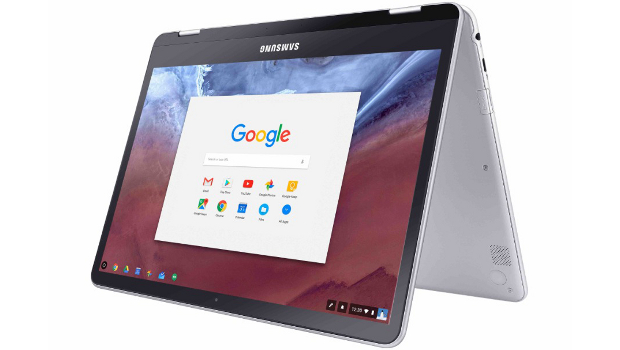In 2017, Gartner is projecting Chromebook shipments to be about 10.9 million units, a growth of about 16.3% compared to 2016. In 2018, the shipments will total about 11.9 million units, a growth of 8.6%.
Analyst firm IDC has also predicted Chromebook shipments will grow by double-digit percentages in coming years. Most of the Chromebooks are shipping to classrooms in the US, Nordic countries, Australia and New Zealand.
There is also growing interest in Chromebooks from businesses in the finance and retail sectors. Companies are using Chromebooks as no-frills mobile thin clients, considering they are cheap to deploy and easy to manage, said Mikako Kitagawa, an analyst at Gartner.
Traditional client-server virtual desktops can be expensive to deploy and hard to manage. Conventional thin clients from companies like Dell, HP, and Ncomputing aren’t portable but remain popular as a way to centralise data on servers.
Chromebooks run on Google’s Chrome OS and are targeted at users who do most of their computing on the web. They are popular in classrooms because they are rugged, low-cost and fit into the limited budgets of schools. Schools are switching to Chromebooks from the expensive and fragile iPad.
The iPad had limited use for educators, many of whom need a keyboard, Kitagawa said.
While popular in the US, Chromebooks still haven’t broken through in international markets, especially in Asia, Kitagawa said.
Some basic problems, like a lack of cellular modems, are holding back the adoption of Chromebooks. Chromebooks today are reliant on Wi-Fi, which has a strong presence in the US but not developing countries, Kitagawa said.
Google, however, is taking steps to grow in international markets. Android is popular worldwide, and many new Chromebooks support apps downloaded from the Google Play store. Newer Chromebooks have touch screens to run Android apps.
Microsoft this week announced Windows 10 S OS to counter the growing popularity of Chromebooks. Windows 10 S will run applications downloadable from the Windows App store, similar to Chromebooks.
Also, like Chromebooks, teachers will be able to easily set up Windows 10 S laptops. Laptops with Windows 10 S will be priced starting at around $189 will begin shipping in the coming months.
IDG News Service








Subscribers 0
Fans 0
Followers 0
Followers